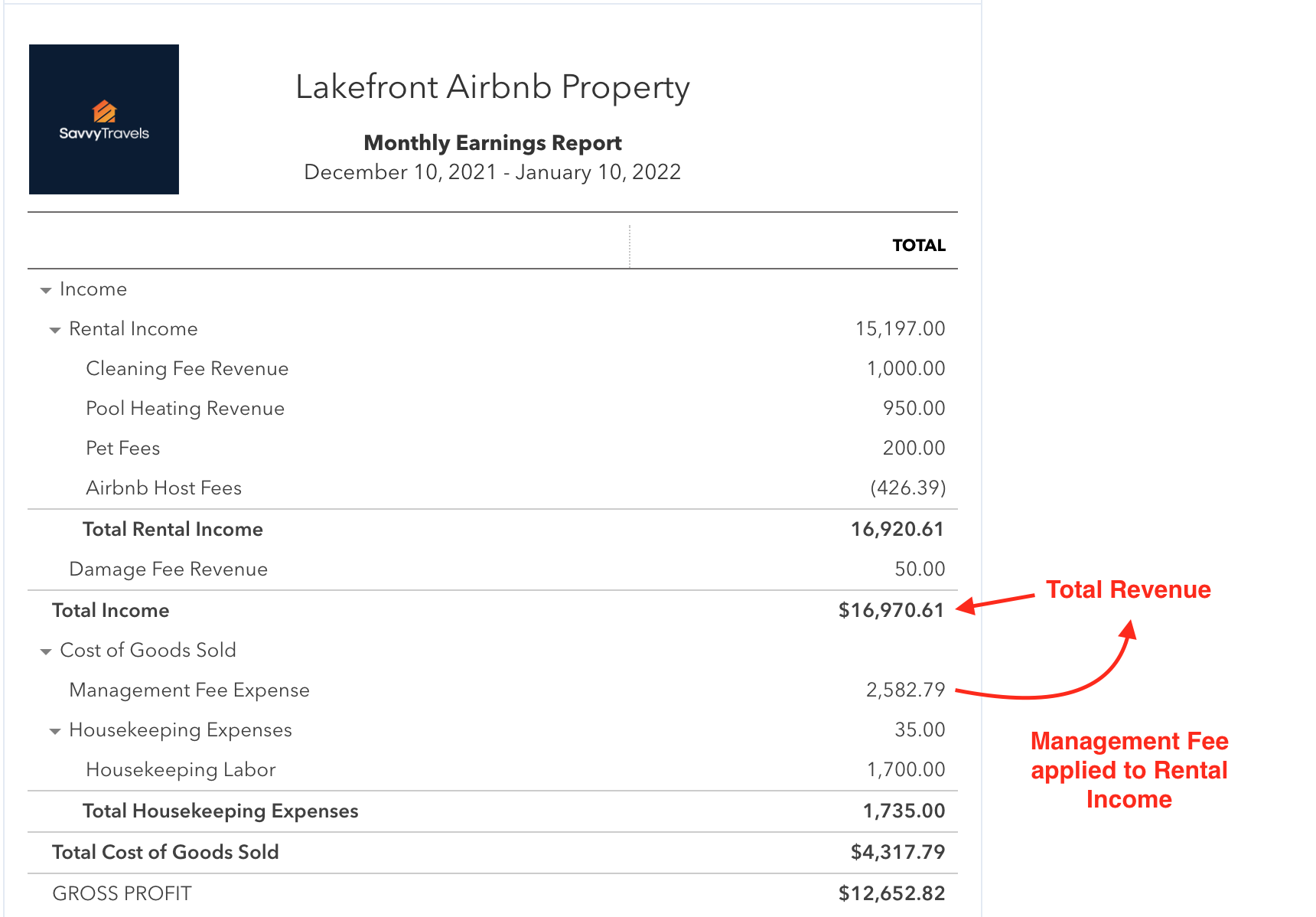
The job of residential property manager is multifaceted and can prove challenging. A residential manager must know the laws of their locality, be skilled in solving problems, and have the required skills. They act as liaisons between tenants and land owners, as well as other involved parties in the rental process. They are responsible for setting rental rates, marketing the property, screening tenants, and negotiating lease terms.
There are many routes to this field. One option is to be a licensed property manger. This involves taking classes, passing a exam, and finishing a series of courses. A licensed manager must ensure that rent payments are being collected and followed up.
Another alternative is to hire an individual property manager. Individual managers are usually more hands-on with their operations and are willing to work out creative solutions to meet their clients' needs. However, they are more expensive than other managers.
Good property managers are essential for maintaining your property's condition. They will coordinate maintenance issues, make repairs and screen potential tenants. Additionally, they will know the legal aspects of renting a unit and will be able to suggest a good legal counsel.

Most residential managers are hired by homeowners, landlords, and condominium associations. You can choose to offer services that are small or large, with a single employee or hundreds of employees. Property managers are responsible to coordinate and supervise maintenance, screen tenants, and maintain all administrative aspects of running buildings.
Benefits of scale can be more attractive for larger companies. This is particularly true when managing multiple properties. A management firm with many resources and expertise is a great idea.
The result is a better customer experience. They will have a larger team to manage day-to-day operations. They will also have the ability to offer competitive pricing.
Some residential property managers have in-house maintenance teams. Some rely on contractors to do repairs. Regardless of which type of contractor you choose, it is important to keep track of expenses to avoid penalties from the IRS.
Lastly, a good residential manager will be able to find the most efficient way to market your property. It is important to present images that will attract potential tenants to your property. It is important to show potential tenants all of the amenities within the building.

The right professional can help you enjoy the many benefits of owning property without all the hassle. They will find the right tenant for your property and will keep you updated on any potential problems. You can rest easy knowing that your investment is in safe hands.
If you are looking for a job in the property management industry, you should start by checking with local real estate agents. They can help you locate jobs that fit your skills and interests. Make sure you search the internet for available jobs in your local area.
FAQ
Do I need to train a handyman to do my work?
No. Handymen already have the skills and knowledge to complete any job. You only need to provide the materials needed to complete the task.
What do the majority of handymen charge an hour for?
A handyman can charge between $50-$75 an hour. They have been doing this for many years. Their average work week is about 10 hours. They don't need to advertise; they are well known in the neighborhood.
They develop long-lasting customer relationships and specialize.
Their main advantage over other contractors is their speed, reliability, affordability, and cost-effectiveness.
Most people know at most 2-3 of these men and are able to trust them enough to call when they have a problem.
Some people have their own business.
Are there any requirements to be a handyman?
Most states don't require a license in order to be an independent contractor, as opposed to a salaried employee. However, certain requirements must be met:
-
Minimum 18 years.
-
A high school diploma or GED is required.
-
Take a four-week course at vocational school.
-
Pass a background check through the state's Department of Licensing.
-
Register annually by paying $20
You will also need a workers' comp insurance and a business license.
What can a handyman do to fix my leaky faucets
Although a handyman can handle minor repairs, he won't have the skills to complete major projects like wiring a house and installing custom cabinets. A handyman can do minor home improvements, but there are no limitations to his abilities.
How long does the process take to become handyman?
To become a skilled handyman, it takes many years of hard labor. It usually starts with helping friends and family and gradually expands into a full-time career.
As you work, you will begin to acquire all the skills required.
Are there any things I should be aware of before I hire a handyman to help me?
You will want to make sure you hire someone who has experience with your type of project. It is also a good idea to ask for references and inquire about past customers. You might want to add extra cash to cover unexpected costs. It's important to check that your dog is licensed and insured.
What's the typical time taken to complete a DIY project like this?
The average DIY project takes anywhere from two to four hours. The complexity and difficulty levels of the project determine the length.
Statistics
- “Before the pandemic, 40% of people asked how we could estimate a job when we weren't there,” Rose recalled. (inquirer.com)
- Another estimate was that the market in the United States was $126 billion and was increasing by about 4% annually. (en.wikipedia.org)
- With a strong housing market, the handyman and general maintenance worker industry are expected to grow by nearly 10% in the next decade. (housecallpro.com)
- An estimate was that in 2003, the market for home maintenance and repair spending was up 14% 2001 to 2003. (en.wikipedia.org)
- Mila keeps a commission of 20% for each completed service performed by Friends and charges various service fees regarding work done by Pros. (appjobs.com)
External Links
How To
How to Install Receptacle Box
Follow the instructions of your local building inspector before installing any type electrical outlet. This includes ensuring that the wiring is installed correctly and that there are no problems associated with water damage or existing fire hazards.
Four wires are coming from the circuit breaker panel. Most boxes come prewired for installation. The box's two black wires are connected to the first screw. The red and white wires connect to the second screw. When connecting wires, it is important that you don't use wire nuts or wrap around screws. This will make it difficult to get the wires in place once they have been tightened. You want them to be free enough to move around but still tight enough not to pull from their holes.
If you want to add receptacle to an already existing box, you might need to consider adding another piece of hardware. You will need to remove the metal box's top and attach a cover plate. Once the hole is made for the new receptacle and the cover plate is attached, you would need to connect all of the wires to the new receptacle.
If you are looking to replace the existing receptacles in your home with a more modern light switch, you may be able to accomplish this job without needing a licensed electrician to perform this work. The first step is to take the old switch out of its mounting spot. Then, disconnect all wires connecting to the switch. These wires can be used to power the switch or supply electricity to the light fixtures in the room. You can now begin the process of replacing everything you have removed.
After removing the old switch, you'll need to measure the distance between the wall studs and mark them with a permanent marker. Once you have done this, you will also need to determine if the new switch needs to be mounted high above or below the floor. Depending on the height at which the switch will be mounted, you will either need to drill a hole for the mounting bracket or attach the switch directly to the wall using drywall anchors.
Once you have the measurements taken and the locations marked, it is time to start the project. Begin tearing down the drywall in the area where you want to install the switch. For cable safety, make sure you leave 8 inches between each of the studs. Next, mount the new switch using appropriate mounting brackets. After attaching the cables to the switch, you will need to secure it to the mounting plates. Once you have installed the switch, turn the power back ON and test it to make sure it functions properly.